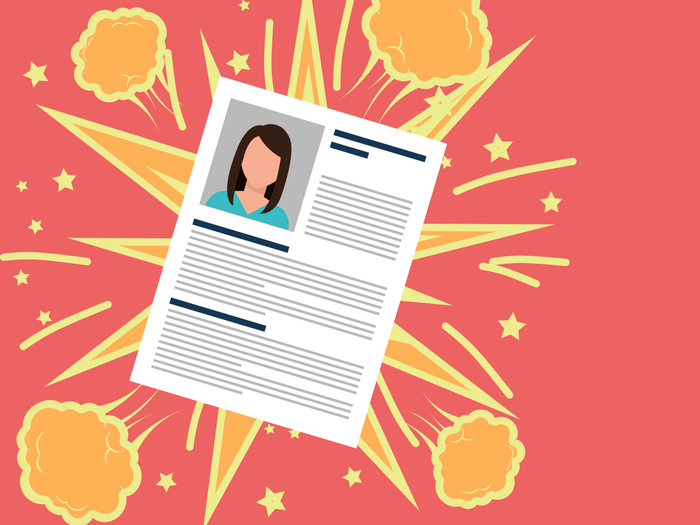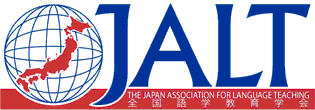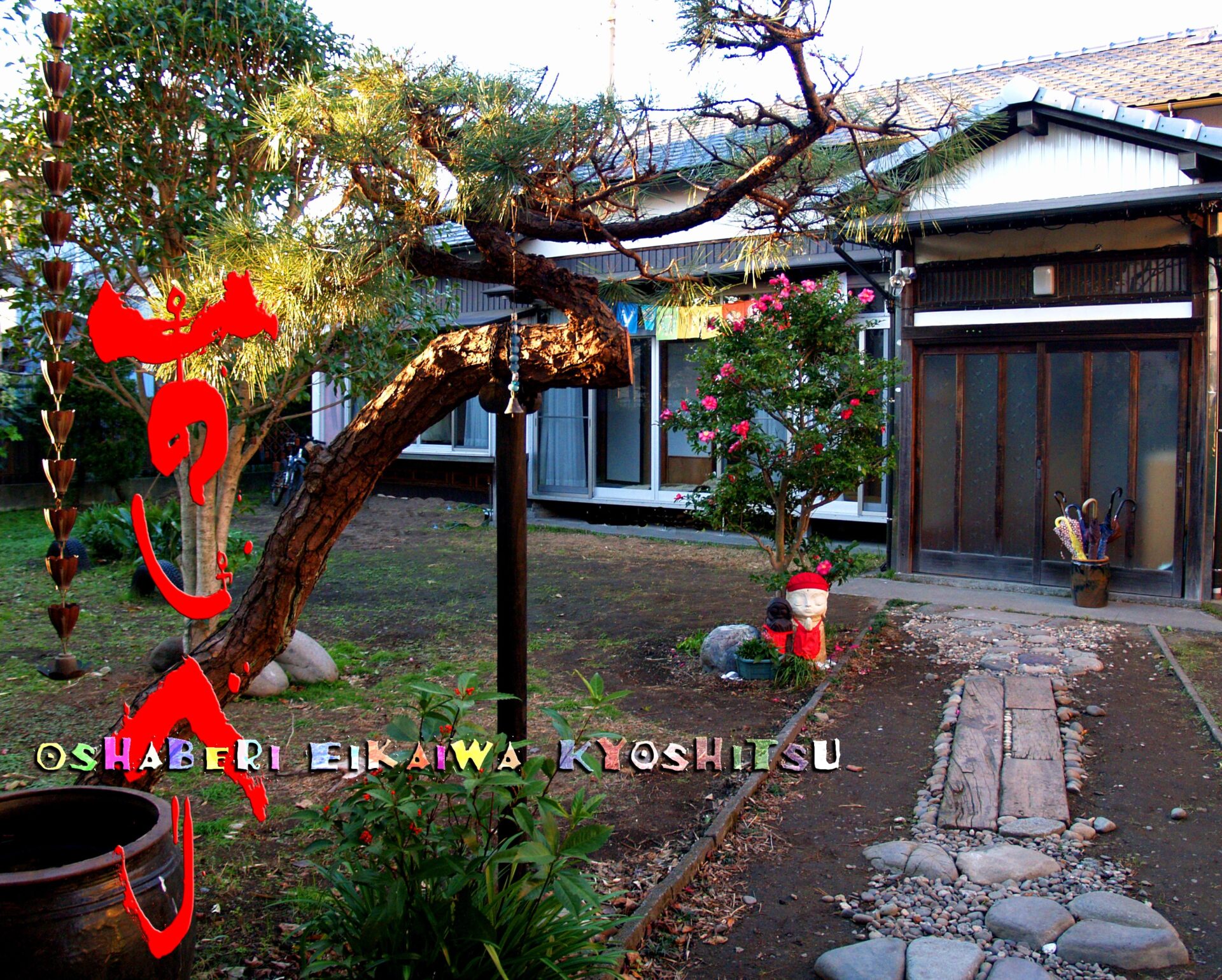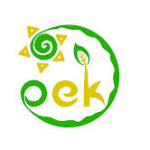
Resume and CV (curriculum vitae) are often interchangeable terms, though for this article we will use the newer (American) term, borrowed from the French word for ‘summary’. Resumes are traditionally one or two pages long, and are sales tools. The purpose is to have someone get a picture of your qualifications and employment history efficiently and with impact.
This snapshot is the basis for the decision maker(s) to decide what potential you may have in order to fill the vacant position. By keeping it short and powerful, you are making sure the reader does not discard or ignore it (something that might happen if it is irrelevant and too long).
Focus on Your Accomplishments as They Lead You Toward Your Future.
Think of it as a mini commercial (a 30-second commercial spot) that is promoting you for a job and that needs to instantly pique the interest of readers. With this in mind, your resume should be tailored to fit the specific position you are applying for.
Go over the job description carefully and be sure you have a good idea of what they are looking for: contact them if you are not sure. Highlight relevant skills and experience in your resume. Be sure to leave out unnecessary or distracting information. By taking these steps, you are factoring in the needs of the potential employer and making it “user” friendly.
The top of the page should contain your name and contact information (address, e-mail and phone number). The first section should list your education background (with reverse chronological order, newest first). The second section is your employment history, with the latest position listed first.
When tailoring the two sections, emphasize the targeted areas and remove, or summarize, the less relevant details. In a Power Resume, adjectives and powerful action verbs are desirable to get your point across. So, if there is relevant experience, even if it is a decade old one, it should be expanded on more than others (even if the less relevant one is current). As you develop and apply for different jobs, save each version of the resume, so you can have several different versions ready at any time.
Format the resumes by using one font style, with a maximum of three sizes, though bold is effective in highlighting certain things that you want to stand out. Remember to give just enough information, but to not overdo it so you don’t crowd the document. Ensure that it is proofread as errors will reflect poorly, and this document is representing you.
It is important to review your resume regularly. When you do so, create goals and think of ways to improve it. As business guru Tom Peters puts it: “Ask yourself what you have you done for your resume in the past 90 days, and what are you going to do in the next 90 days?”.
By having several good resumes ready to go, it prepares you to be in a better position to apply for something in a timely manner when something interesting comes up, whether it is an online application or traditional paper version.
Don’t be afraid to be bold!
“You always miss 100% of the shots you never take”.
Wayne Gretzky (one of the greatest ice hockey players ever)
The next article will discuss Building Your Qualifications.

Written by Richard Miller



















